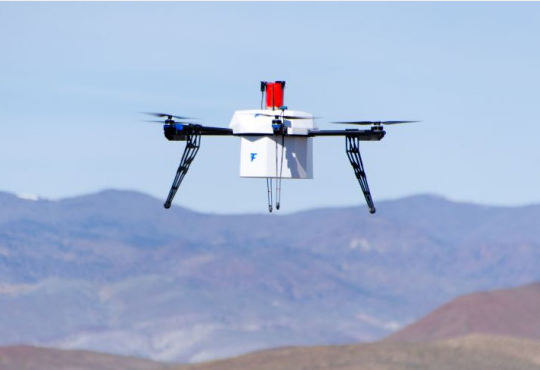New Small Drone Rules: Lower Barrier to Entry

Braasch was interviewed by Luke Dormehl for his article “The FAA’s new rules for commercial drones will likely hinder drone-based delivery” at the website Digital Trends appearing June 22, 2016. Braasch noted that one of the major barriers-to-entry removed by the new rules was the need for the operator to have a certificate to fly manned aircraft. The new rules require an operator’s certificate but there will be no need to learn how to fly manned aircraft first. Real estate agents, for example, that desire to take aerial photographs of a property will be able to do so following a modest amount of training, primarily having to do with airspace rules and regulations.
However, Braasch also noted the new rules limit operation of small drones to a distance at which the operator can still see the drone (visual line-of-sight or VLOS). The new rules thus will not permit a company like Amazon to perform package delivery.
Although the release of the new rules have been hailed by the small UAS industry as the breaking of a regulatory logjam, others have noted the FAA appears to have severely limited capability in terms of enforcement. How the rules will be effectively enforced remains unclear. Manned aircraft must take-off and land at a relatively limited number of airports and airstrips. FAA inspectors can and do perform unannounced inspections (known as ‘ramp checks’) at these facilities. Vertical take-off and landing drones, however, can be operated from virtually anywhere.
It’s still a bit of a wild, wild West. The city council has announced some new ordinances but where is the sheriff?
